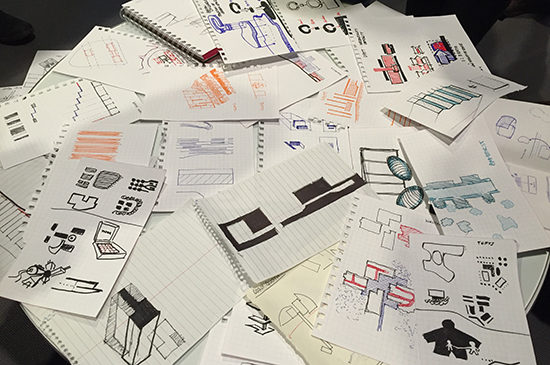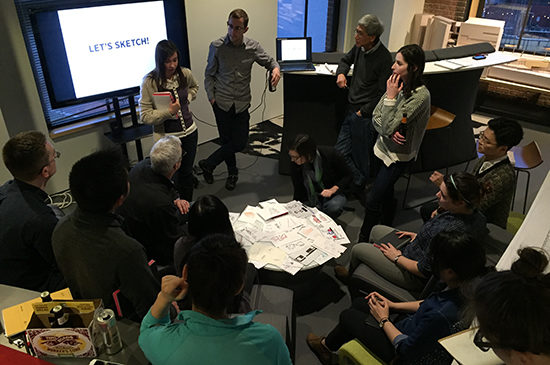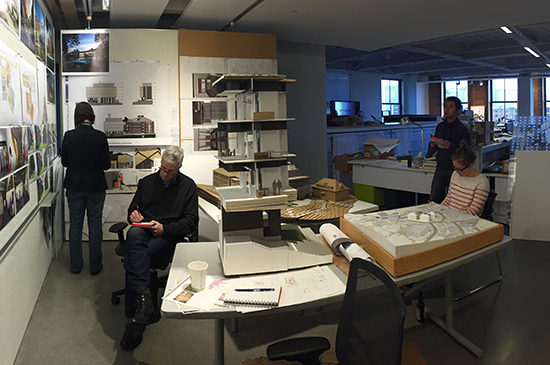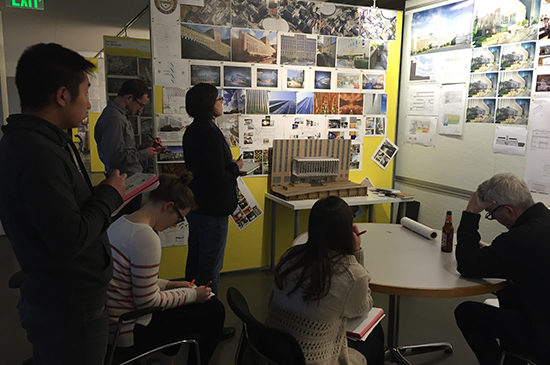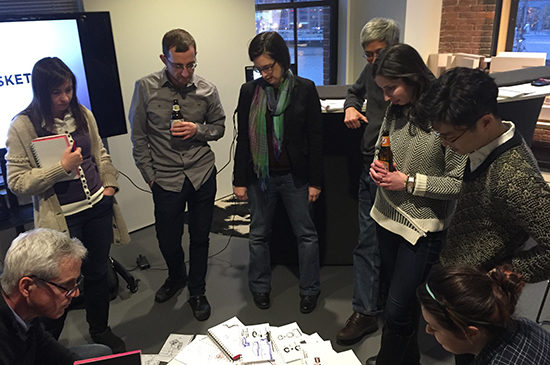
Diagramming is an essential, analytical practice in the design process. Diagramming can serve as a medium for facilitating the understanding of the core idea, or parti, of a project, or as a vehicle for driving the development of a concept. The act of diagramming is tremendously instrumental in design. We recently had the opportunity to lead a workshop on diagramming with PAYETTE’s YDC. The event kicked off with a series of slides depicting both widely-recognized, simple, 2-D diagrams, as well as diagrams that were perspectival, and rich in texture and line work. These latter images were of particular interest because of their atypical artistic style, falling less squarely into the camp of the classic “diagram” like the previous images. After concluding the presentation and posing the question “what is a diagram?”, we realized that the answer was not necessarily explicit, nor universally accepted among our group. However nebulous the nature of the diagram may be, its fundamental purpose is to communicate information clearly and concisely.
The workshop was a departure from our previous sketch crawls in that it worked as an internal sketch crawl, forcing the participants to be introspective on the firm’s work. Breaking into two groups, participants spent ten minutes at each project alcove, creating diagrams of their choice based on the project content (models, drawings, etc.) within the alcove. It was a challenging exercise to engage in projects with varying degrees of familiarity; while some participants may have been intimately close with a project from direct experience, others may have only had peripheral knowledge about a project.
Discussion following the exercise focused on the challenges inherent in the task. Many participants found it challenging to not simply redraw the images pinned up on the wall. This exercise forced us to learn to see beneath the layers of information to diagram the essence of the project. Another challenge was simply getting to the root of the project in a relatively short time. Within the ten minutes allotted for each alcove, participants created a diverse mix of parti, circulation, material and site-related diagrams in order to better understand the work in front of them. The act of diagramming the firm’s projects was a means for inviting alternative methods of informational representation within the office. Ultimately, we hope to foster an ongoing dialogue on the use of diagramming as an effective tool of communication in the design process.



